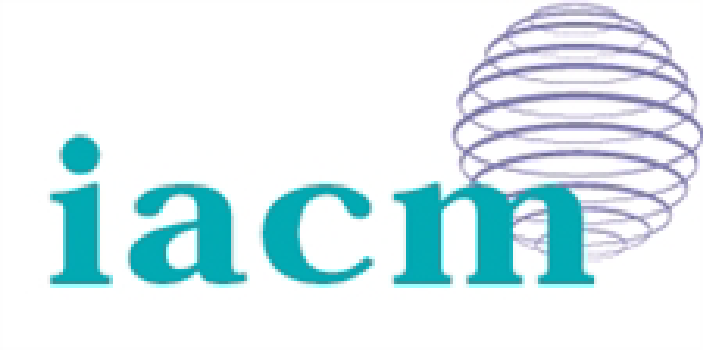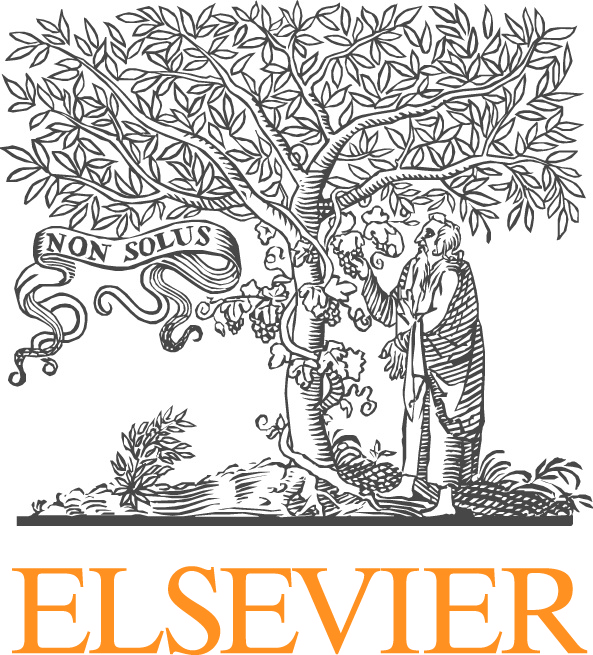Mitchel Colebank, North Carolina State University
M. Umar Qureshi, North Carolina State University
Mette Olufsen, North Carolina State University
In the era of highly interdisciplinary research, computational models are recognized tools for investigating complex physiological phenomena. Advances in medical imaging and animal experimentation have further paved the way for subject-specific modeling as more and more data is available to simulate the cardiovascular system’s dynamics. To this end, a variety of cardiovascular models including system level 0D models, 1D fluid dynamics network models and 3D fluid-structure interaction models, can be used to investigate structure-function relation of the cardiovascular system, on a local or multiscale global level. Clinical applications of such models range from understanding the fundamental mechanisms of physiological and pathological processes to decision-making tools for surgical intervention. Therefore, advancement on the front of patient-specific modeling comes with a great realization that models are not an exact replica of the real system as there are assumptions made and uncertainties involved at every stage of the process. This give rise to a very complex problem of parameter estimation and uncertainty quantification, interfacing this highly applied area of research with some of the most abstract areas in mathematics and statistics. Moreover, understanding the most influential parameters in a mathematical system can assist in optimal design for data driven hypothesis testing for cardiovascular disease progression. The objective of this minisymposium is to provide an interface for clinicians, experimentalists, and scientists to broadcast the current methods being used for development, validation and risk analysis of patient specific models, with an emphasis on identifying biomarkers and model components that best characterize the underlying physiological mechanisms. Contributions to this minisymposium are expected and encouraged in the following areas:
• Organ specific cardiovascular models
• Advances in cardiovascular data collection and integration
• Innovations in experimental design for cardiovascular disease studies
• Multiscale coupling of micro and macro scale dynamics in cardiovascular systems
• Parameter estimation in control and disease states
• Quantification and propagation of uncertainty in cardiovascular models
• Innovations in surrogate modeling techniques for complex models







